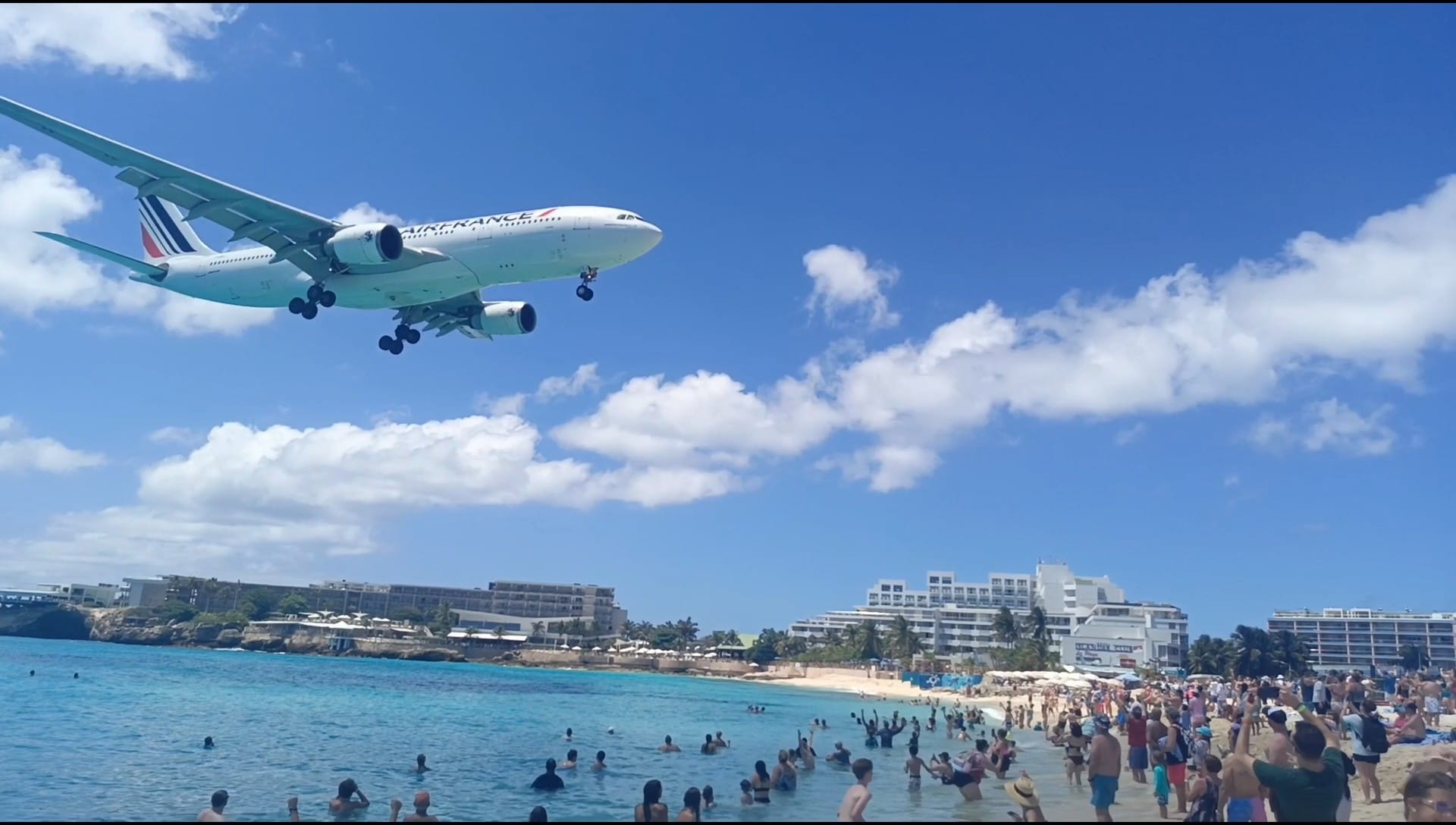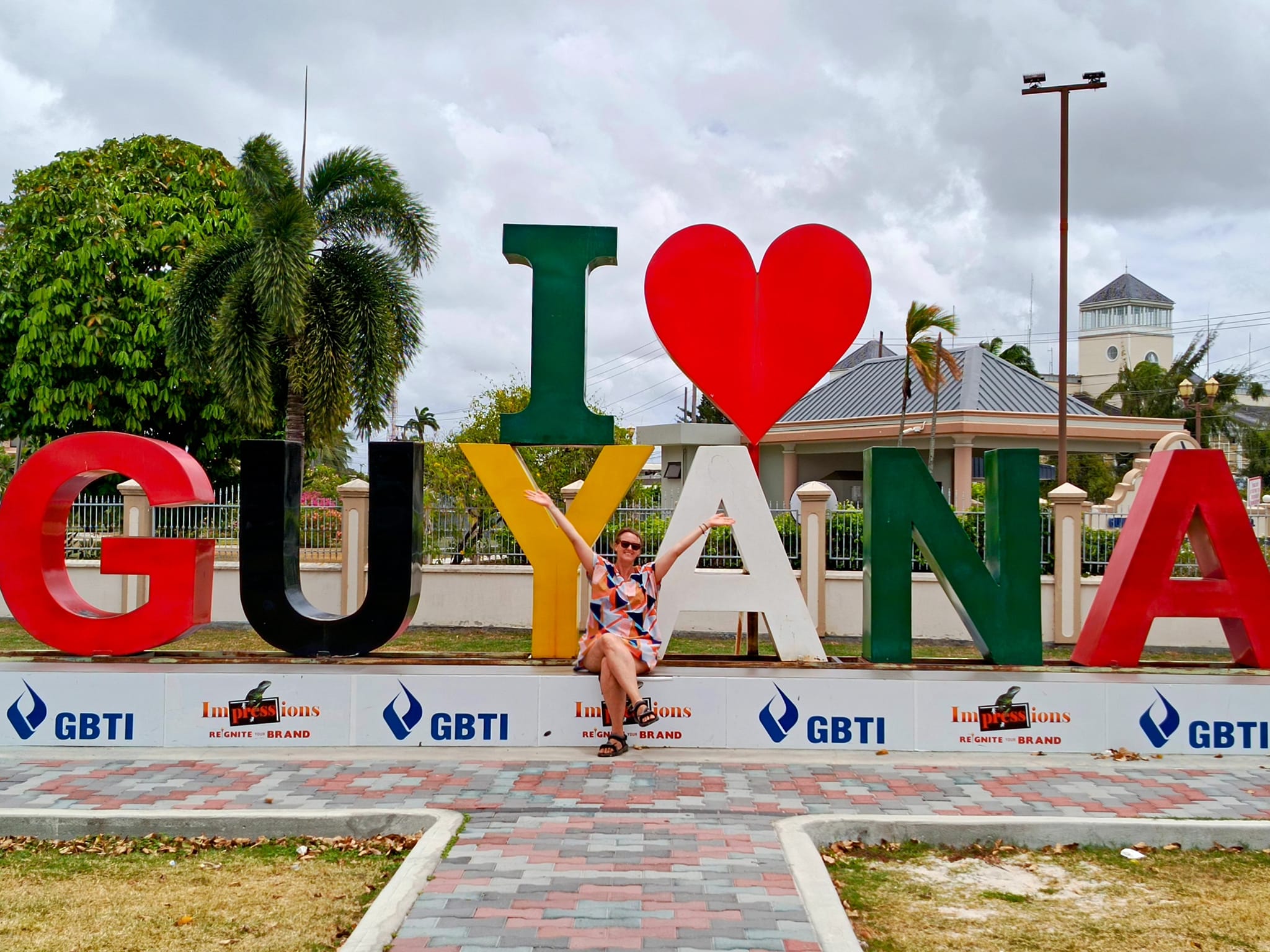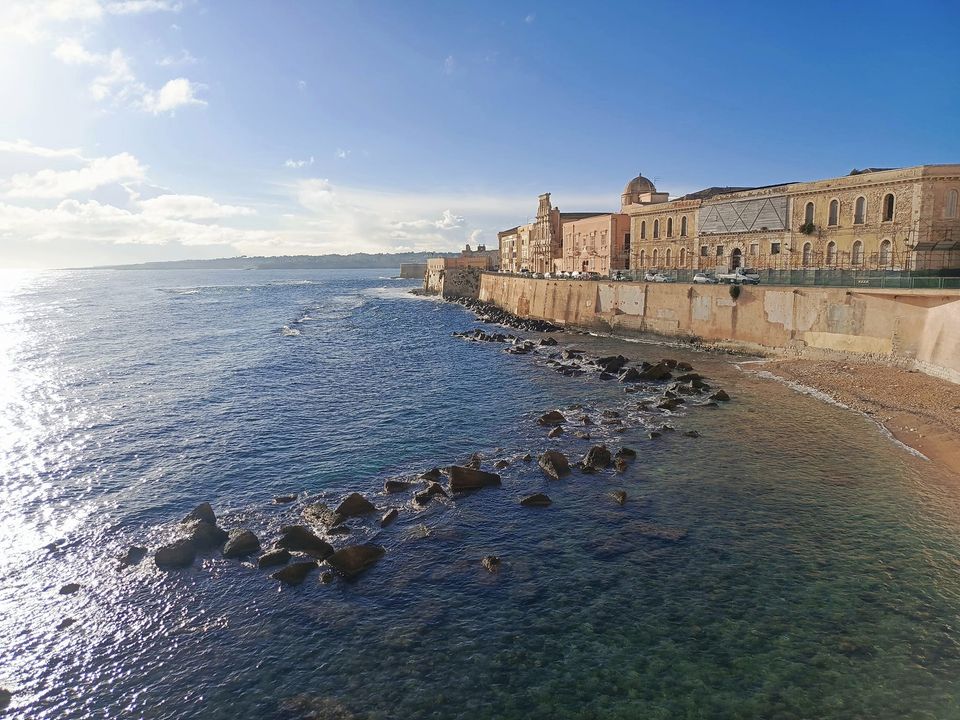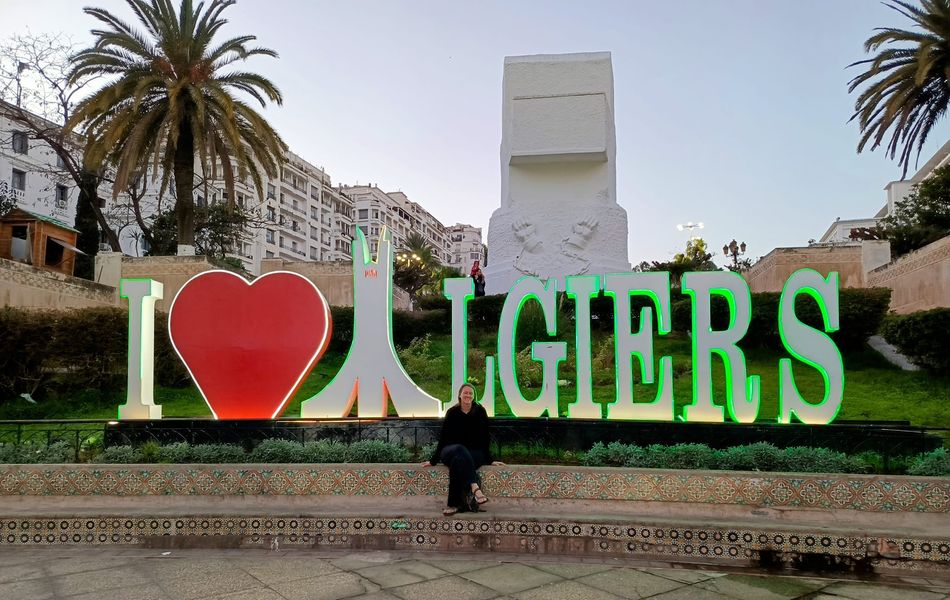Every since I first saw a photo of Timbuktu, I dreamt about seeing one of the fabled mud cities of the Sahara. Although the security situation in Mali hasn’t been particularly great, it is still possible to travel there. I recently jumped at the opportunity to visit a good friend living and working there and decided to tag on a guided tour of a few of the country’s “safe” destinations. It was a wonderful experience and I am so glad that I was able to make it happen.
Below is a breakdown of what I was able to see within just four days on the road. Djibril, my guide, was able to not only organize a relatively flawless tour within just a few days notice but he was also able to get me a visa very last minute!
Day 1 – Bamako to Segoukoro to San
The trip started bright and early at 7 a.m. when my guide picked me up at my friend’s house in Bamako. I gave a nervous goodbye as I was a little worried about security risks and I was on my way.
Our first stop was about two hours from Bamako at a small village called Segoukoro. This village was once the center of an 18th century kingdom and we toured the mud “palace” where the king used to listen to the issues brought up by local citizens. It was an interesting introduction to this unique type of architecture and gave me a bit of an idea of what lay ahead of me.
We toured the rest of the village and then boarded a traditional boat for an hour long ride along the Niger River. It was beautiful with clean water and along the bank, you could see women crouched down in their colorful dresses as they washed their clothes and dishes. In front of them, their kids cooled off from the 40 degree heat by going for a swim. As we passed, they all gave a hearty wave.
We finished off the day with the two hour long drive to San where we took a quick look at the mosque and then went to the hotel.
Day 2 San to Djienne to Segou
The next morning we set off at 6:30 and began making the two hour drive to Djienne.
Along the way, the dry landscape was dotted with baobab and acacia trees and small villages where the center of town seemed to coincide with the road. My driver had to be extra careful in case qn errant child or goat decided to do a kamikaze mission while we were driving by.
Although I had been told not to go to Djienne by the moderator of a West African travel Facebook group, I decided to ask a few other people, including my friend who is working for the UN in Mali, and was assured that everything would be fine. As it turned out, the most dangerous thing during the drive was the gigantic speedbumps that seemed like they were going to tear off the bottom of the car.
The trip to Djienne was fascinating and basically an urban photographers dream. Besides the enormous mosque, which is apparently the largest mud building in the world, there was a network of narrow alleyways that connected the mud houses, and small squares scattered around the mosque. We visited on a Monday, which is market day, and seemingly every space of the city was full of people bringing in their goods to sell or heading home with their fruit and vegetables for dinner.
After leaving Djenne, we made the four hour drive back to Segou where we spent the night. My driver who lived in Segou had recently had a baby and I got to meet his wife and hold his two week old bundle of joy.
Day 3 – Segou to Siby
We started the day off with a relatively early rise and left the hotel by 8 a.m. Our first stop was a mud fabric factory where I got to see how artists use mud and natural dyes to create designs on cotton. It was interesting and I even got to try making my own “fabric art” full of symbolic meaning. I chose to include two camel hoofs, one straight line, two straight lines together, and fish bones which I was told symbolized safe travels, keeping on a straight path, that there are two ways to do something, and responsibility respectively. It seemed like a pretty good mix for someone who is constantly on the road.
Next, we visited the colonial quarter which had an interesting mix of French colonial buildings with Islamic characteristics before heading into the Christian neighborhood to try freshly-brewed millet beer. It was stronger than I expected and while I certainly wouldn’t order a pint of it in a bar, I am glad that I tried it.
We then made our way to the town of Siby located about an hour west of Bamako. As we drove, the landscape got greener and greener and I saw hordes of women selling big piles of mangos all along the street. The area produces a large amount of cotton and mango and I was told by my guide that the climate is similar to Guinea (whatever that means). All I knew was that it was making me very hungry.
We arrived at our accommodation in Siby and I was shown the hut I would be staying in. Although it was basic with just a bed and no toilet, there was a fan and one electricity socket which I was incredibly grateful for. After I did a few things for work, my guide and I set off for the nearby mountains for a two hour hike. The path led us up to a nearby natural arch that was surrounded by fascinating rock formations that my guide patiently took a million photos of me in front of. We slowly made our way back to the campground as the sun was beginning to set and spent the rest of the night chatting and watching the stars light up the sky.
Day 4 – Siby to Bamako
The next morning, I said a sad goodbye to Siby as we made our way back to the chaotic streets of Bamako where we visited the National Museum and a lookout point on a hill above the city. It was a dusty day but you could still get a bit of a feel for the layout of the city. I spent the rest of the afternoon relaxing at my friend’s place before she dropped me off at the airport.
The entire trip went smoothly and I knew that something was going to give. I checked in for my flight and slowly made my way up to security. Although my friend had warned me that everything in my bag would be searched piece by piece. Now, if you are traveling with a purse and checked luggage, this is no big deal. However, when you travel with only carry-on luggage, this is a nightmare. I lost two pairs of blunt scissors (both with rounded edges, my tweezers, and a tiny paid of nail clippers). I argued that there was no way that anyone of them, especially nail clippers, could be used as a weapon but they wouldn’t budge. They then tried to take my small portable water heater and I absolutely refused to give it up. I had searched through dozens of stores through Central and South America and there was no way that I was going to lose something that in no way shape or form could be considered a weapon. Thanks to the help of a kind Malian man who explained what it was, they allowed me to keep it.
Mali has a ton of security issues that they are dealing with. There is the threat of jihadists making there way further south and the French army is currently pulling out. Despite the fact that there are currently sanctions against Mali and all the land borders are closed, there is a porous border where you simply need to show the guards some cash and you can get through.
The threat of further instability looms large above the country and despite this, they decided that an female American backpacker wearing a pair of shorts and a tank top armed with a pair of nail clippers was a major security threat. All I can say is good luck Mali, good luck.
Is Mali safe?
Yes and no. Like many countries, there are parts of the country that are safe and stable while others are under threat. I traveled through mostly “safe” places with the exception of Djenne.
Can you travel around Mali by public transport?
During the trip, we passed a lot of intercity buses that looked to be of decent quality. Everyone had their own seat and the tops of the bus weren’t overloaded with things. I also know of a few backpackers who traveled overland via public buses. I personally wouldn’t do it simply because I stand out a lot and hold an American passport.
How is Mali for female travelers?
Overall, I didn’t feel any major threat from men in Mali. For the most part, people were very laid back and even when I was forced to wear shorts and a tank top to the airport due to a laundry mishap, no one even stared at me strangely. In saying that, there were a few things that my guide told me that showed how backwards some of the views towards women are (i.e. women need to be circumcised so that they wouldn’t want to have sex all the time…..ummm….dream on buddy)












